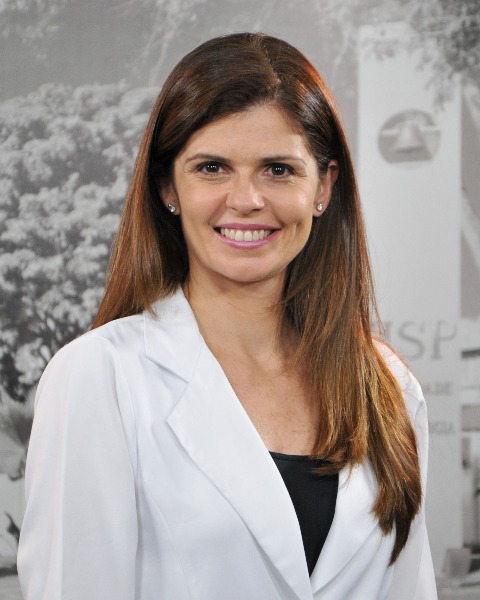Tinnitus and Hyperacusis (TH)
PP1402 - Tinnitus and Diabetes Association in a Public Health Service: Subsidies for an Intervention Policy

Maria Fernanda C. Mondelli, PhD (she/her/hers)
Professor
University of São Paulo
University of São Paulo
Bauru, Sao Paulo, BrazilFinancial Disclosures: I do not have any relevant financial relationships with anything to disclose.
Non-Financial Disclosures: I do not have any relevant non-financial relationships with anything to disclose.- LL
Luiz Fernando M. Lourençone, PhD (he/him/his)
University of Sao Paulo
Financial Disclosures: I do not have any relevant financial relationships with anything to disclose.
Non-Financial Disclosures: I do not have any relevant non-financial relationships with anything to disclose. 
Giovanni C. Mondelli (he/him/his)
Student
UNINOVE
Bauru, Sao Paulo, BrazilFinancial Disclosures: I do not have any relevant financial relationships with anything to disclose.
Non-Financial Disclosures: I do not have any relevant non-financial relationships with anything to disclose.- HH
Heitor M. Honório, PhD
Associate Professor
Bauru School of Dentistry
Bauru, Sao Paulo, BrazilFinancial Disclosures: I do not have any relevant financial relationships with anything to disclose.
Non-Financial Disclosures: I do not have any relevant non-financial relationships with anything to disclose.
Lead Presenter(s)
Presenter(s)
Diabetes, an endocrine system disease diagnosed by abnormally high blood glucose levels, is one of the most common and fastest growing diseases worldwide, projected to affect 693 million adults by 2045. Tinnitus, or conscious perception of a nonsensical sound without external acoustic stimulation, is a prevalent phenomenon described in approximately 5.1%-42.7% of the general population. The pathophysiological involvement of non-auditory structures and the possible effect of non-otologic treatment approaches support the need to deepen the role of non-otologic factors in the development and maintenance of tinnitus.
Summary:
Rationale/Purpose: Diabetes is not a disease, but rather a single group of broad conditions categorized by a single criterion – hyperglycemia. Increasingly, as evidenced that even type 2 diabetes – the predominant subtype of diabetes, accounting for 90-95% of cases (American Association) – is heterogeneous in terms of mechanisms of action and relationships with health outcomes (Ulder et al., 2018). The low use of glucose as a provocation increase of the energy source and potential present in the cell membrane of the endolymph cells that are bathed by the vestibuloclear duct, promoting an increase in the action of endolymph cells in the endolymph and, consequently, endolymphatic hydrops (increased pressure on the endolymph), triggering vestibular symptoms (dizziness and vomiting) and auditory symptoms (tinnitus and hearing loss) (Pitanga et al., 2022). Several changes in the hearing level of central tinnitus and in a tinnitus population, which represents a major clinical challenge in diagnosis, prevention, and treatment. The aim of the study is to investigate the association between tinnitus and diabetes in patients of a public health service.
Design: Observational cross-sectional, retrospective, and descriptive analysis study, developed through the analysis of a database of patients treated at the Speech-Language Pathology Clinic of the Bauru School of Dentistry – University of São Paulo. Research Ethics Committee 4.393.731.
The data are being stored in an Excel file, on a computer with exclusive access to the investigators. After the end of the research, the data will be allocated to the Institutional Cloud Services of the University of São Paulo and copied to external institutional external storage devices.
Results: a statistical study of the collected data will be carried out through descriptive analysis with absolute and mean data and inferential using the Chi-square statistical test of association, adopting the level of statistical significance of 5% (p< 0.05).
Conclusion: a is to consider non-otological factors and the assessment of the patient with tinnitus and the prevention of a major hypothesis and a more planned therapeutic hypothesis, working towards personalized medicine.
Learning Objectives:
- Upon completion of this session, the participant will be able to analyze the association between diabetes and tinnitus in public service patients.
